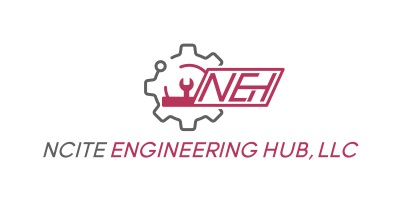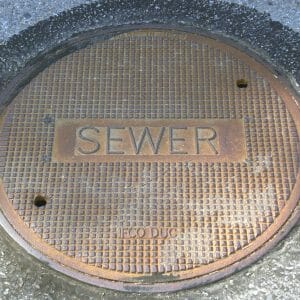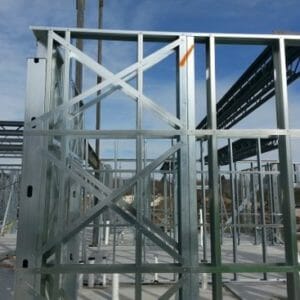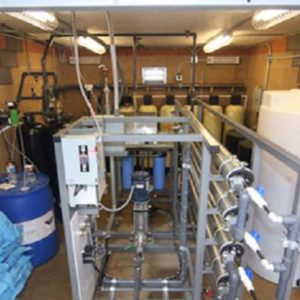E – 1284 Vibration Control in Buildings
$75.00
Courses Included
This course will introduce you to methods, materials and devices for control of vibrations in buildings. Structural vibration in buildings, which results in feelable vibration, produces structural or superficial damage of building components or interferes with equipment operation is unacceptable. In addition large building components that vibrate can produce unacceptable sound levels.
Course Outline
1. VIBRATION CRITERIA
2. VIBRATION ISOLATION ELEMENTS
3. VIBRATION CONTROL
4. TABLES OF RECOMMENDED VIBRATION ISOLATION DETAILS
5. VIBRATION ISOLATION – MISCELLANEOUS
This course will give you professional tools that will allow you to move forward in learning how to design for mitigation of objectionable vibrations in buildings.
Description
This course will introduce you to methods, materials and devices for control of vibrations in buildings. Structural vibration in buildings, which results in feelable vibration, produces structural or superficial damage of building components or interferes with equipment operation is unacceptable. In addition large building components that vibrate can produce unacceptable sound levels.
Course Outline
1. VIBRATION CRITERIA
2. VIBRATION ISOLATION ELEMENTS
3. VIBRATION CONTROL
4. TABLES OF RECOMMENDED VIBRATION ISOLATION DETAILS
5. VIBRATION ISOLATION – MISCELLANEOUS
This course will give you professional tools that will allow you to move forward in learning how to design for mitigation of objectionable vibrations in buildings.
- Learn about the materials and devices used for vibration control;
- Learn about the physical parameters for vibrations that are feelable by humans whose perceptions ranges from imperceptible to very disagreeable;
- Learn about vibrations which pose a structural risk to buildings;
- Learn about the five types of mounting assemblies for machines that produce objectionable vibrations;
- Learn about steel spring vibration isolators;
- Learn about the different types of pad-type isolators;
- Learn how and when inertia blocks are employed;
- Learn how to specify isolation measures for axial-flow and centrifugal fans installed in buildings; and
- Learn about vibration isolation measures for boilers.






